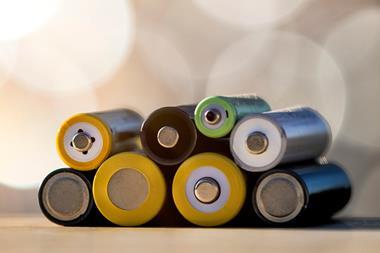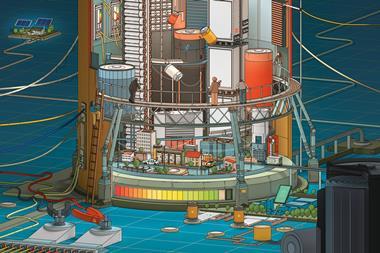The rechargeable lithium-ion battery has been instrumental in powering the global revolution in portable electronics, and, indeed, many of you are reading this newsletter on a mobile phone, laptop or tablet computer that relies on such technology. This success puts an ambitious challenge in sight: the electrification of transport, a crucial ingredient for a low carbon future to deal with climate change. The need for more powerful batteries for the growing numbers of electric vehicles (EVs) has never been greater.
Battery-related research for EVs is addressing a variety of important challenges that includes increasing energy density to improve driving range, reducing cost, speeding up charging, extending life and developing recycling techniques. New generations of lithium-ion batteries are required, as well as ‘beyond lithium-ion’ technologies such as batteries based on sodium-ion, solid-state electrolytes and lithium–sulfur.
The performance of these battery technologies is crucially dependent on the fundamental properties of the component materials. Indeed, innovative materials science lies at the heart of advances that have already been made in this field.
One thing is certain about the future: it’s uncertain!
Of the battery components, the cathode represents one of the major barriers to improvements in battery performance. This is an exciting area of chemistry as changes to the cathode material are likely to give the greatest improvements in future lithium-ion battery performance. Two main avenues are being explored. First, current cathodes based on lithium-nickel-manganese-cobalt oxide (NMC) are being modified with higher nickel and reduced cobalt contents. Efforts to reduce or eliminate the use of cobalt are due to cost issues and serious ethical concerns associated with the mining of this metal. Second, lithium-rich materials (so called O-redox cathodes) based on layered transition metal oxides and a new family of cobalt-free compounds called disordered rocksalts. Current cathodes store charge on the transition metal ions. The O-redox materials can store additional charge on the oxygen ions, thus increasing energy density by up to 50%. But there are challenges with stability and oxygen loss to overcome before commercial use.
With the rise in EVs, what about when a battery’s life ends? There is a need for economical recycling techniques that can reclaim the different materials for sustainable re-use, and a better regulatory framework for recycling. Sustainable batteries will also need to use earth-abundant materials to reduce the environmental impact of battery production.
One thing is certain about the future: it’s uncertain! But whatever direction we take, it has become increasingly clear that major breakthroughs depend on new materials, new concepts and underpinning science.














No comments yet